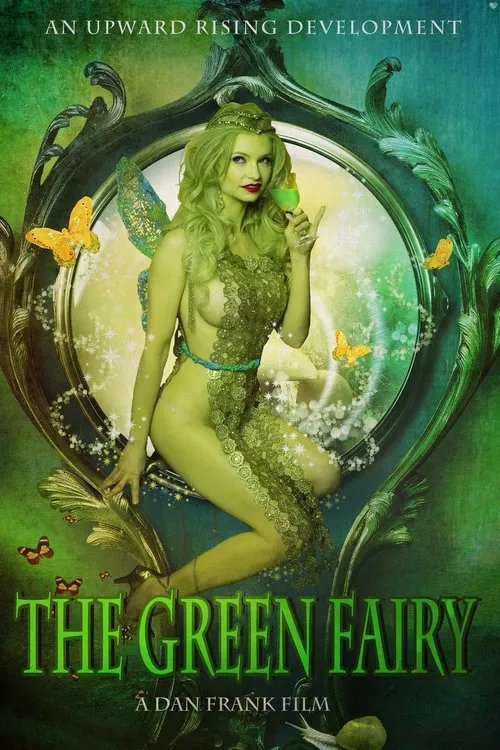The Green Fairy

Plot
The Green Fairy, a 2011 documentary film, transports viewers through a kaleidoscopic journey of art, culture, music, and excess, all centered around the notorious liqueur known as absinthe. This 85- year story is not just about a drink; it's about revolution, controversy, and the human experience. The film begins in the 18th century, where the roots of absinthe are planted. Born in 1730, a pharmacist in the Swiss town of Couvet, Pierre Ordinaire, experimented with the unique qualities of wormwood - a bitter and highly aromatic herb with long-standing medicinal and spiritual connotations. Pierre combined wormwood with a secret blend of herbs, resulting in a medicinal concoction that was believed to treat everything from epilepsy to malaria. The drink became widely popular throughout Europe, earning its place in the history books as a medicinal tonic. However, as the years went by, the perception of absinthe shifted from a medicinal tonic to a social lubricant. In the late 19th and early 20th centuries, absinthe became synonymous with bohemian art and literature, particularly in Paris. The Belle Epoque era saw the emergence of the 'Green Goddess', the mythical 'Green Fairy' that gave the title to this film. Writers, artists, and musicians were captivated by the hallucinogenic properties of absinthe, which they believed fueled their creativity. This era also witnessed the rise of the 'absinthe culture', where the drink was the epicenter of social gatherings and decadent indulgence. The film highlights the cultural phenomenon of absinthe as the preferred drink of notable artists like Vincent van Gogh, Paul Gauguin, and Oscar Wilde. The movie's director skillfully weaves the lives of these iconic figures with the evolution of absinthe, illustrating the symbiotic relationship between art and excess. However, as absinthe's popularity grew, so did the controversy surrounding it. The drink's highly potent and potentially hallucinogenic properties led to concerns over its safety, particularly in the early 20th century. In 1905, the French government declared absinthe a public menace and banned it in the country. This prohibitionist stance, coupled with the rise of anti-absinthe propaganda, led to the downfall of absinthe's popularity. Fast-forward to the late 20th and early 21st centuries, where the story takes a modern twist. With the relaxation of laws regulating the use of wormwood and the resurgence of interest in craft distillation, absinthe made a comeback. Contemporary absinthe distillers are showcased in the film, highlighting the innovative techniques used to recreate historic recipes. This revival not only led to a renaissance in absinthe's popularity but also spawned a community of enthusiasts who celebrate its unique heritage. Throughout the film, there are also nods to the contemporary art world and its connections to absinthe. Street artists, graffiti musicians, and absinthe aficionados all feature in the film, highlighting its status as a cultural icon and a symbol of counterculture. The Green Fairy presents a nuanced and visually stunning portrayal of a drink shrouded in mystery and intrigue. The story transcends the confines of a film about a beverage, delving into themes of creativity, excess, and rebellion. This cinematic journey weaves together historical accounts, artistic expression, and social commentary, showcasing absinthe's profound impact on the human experience.
Ulasan
Rekomendasi


